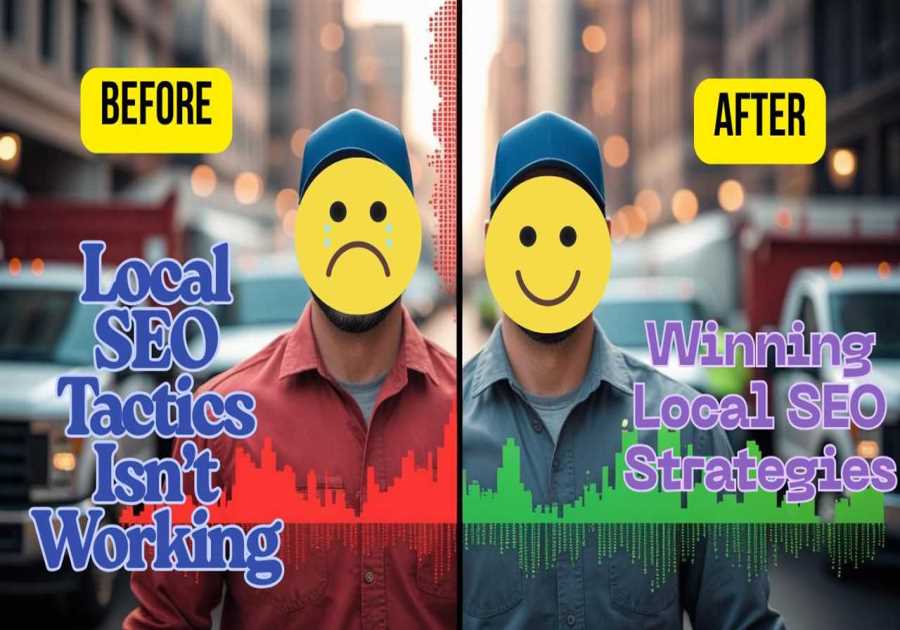
If you’re running a newsletter business the way most people do, I’ve got some bad news: you’re probably doomed to fail.
I know that sounds harsh. But after years helping newsletters grow to millions of subscribers and working with media companies at my agency, I’ve seen the inside of this business. I’ve watched what works, what breaks, and what gets acquired for tens of millions of dollars. I’ve also seen why the old way of doing things simply won’t cut it anymore.
So today, let’s break this down. We’ll look at the past. We’ll analyze the present. And we’ll map the future—what I call Newsletters 3.0.
Phase One: Newsletters 1.0 (2000–2012)
It all started with pioneers like DailyCandy.
Back then, email newsletters were a novelty. DailyCandy grew from 700 subscribers—just friends and family—to 2.5 million by 2008, eventually being acquired for $125 million. Their success showed the world that email wasn’t just a communication tool. It could be a media empire.
This was Newsletters 1.0. Early, scrappy, groundbreaking. But small compared to what came next.
Phase Two: Newsletters 2.0 (2012–2022)
This was the golden age.
Companies like The Skimm (12M+ subscribers), The Hustle (2.5M, later acquired by HubSpot), and Morning Brew (4M+, acquired for $75M) proved that newsletters could scale to millions of readers and generate millions in revenue.
The formula?
- Content: Short, fun, five-minute reads that made readers smarter.
- Growth: Cheap subscriber acquisition (25 cents to $1.50 each).
- Monetization: Mostly ads, selling newsletter slots at premium CPMs.
The numbers were beautiful. Subscriber payback in 2–3 months. ROAS of 300–500%. Scaling was a no-brainer.
Phase 2.5: The Niche Wave (2022–2025)
Next came niche-focused newsletters.
The Peak (Morning Brew for Canada) sold for $3.75M. Milk Road (crypto-focused) was acquired for seven figures in under a year. AI-focused newsletters like The Rundown and The Neuron exploded past 500K subscribers in less than two years.
This was the rise of the specialists. Not just broad daily summaries, but targeted voices for targeted audiences.
The Crash: Why the Old Model Broke
But around 2022, the cracks appeared.
Five big shifts hit the industry:
1. Mass competition. Platforms like Substack and Beehiiv made it easy for anyone to start. Now, inboxes are flooded.
2. Rising acquisition costs. Facebook ads went from dirt cheap to pricey after Apple’s privacy updates.
3. Falling ad rates. Newsletter CPMs dropped from $50–75 to as low as $20–30.
4. Unreliable data. Apple’s Mail Privacy Protection made open rates—a key metric for ad sales—untrustworthy.
5. AI disruption. Summarization, once the bread and butter of newsletters, can now be done instantly by machines.
The result? The ad-only newsletter model collapsed.
You can’t sustain a business when subscriber costs are rising, ad rates are falling, and your unique value (summarization) can be replaced by AI.
The Hope: Newsletters Aren’t Dead
Here’s the good news: newsletters themselves are not the problem.
Email remains the single best way to build trust, nurture an audience, and sell products. The inbox is still prime digital real estate.
But the business model must evolve.
That’s where Newsletters 3.0 comes in.
Welcome to Newsletters 3.0
This new era isn’t about killing newsletters. It’s about making them smarter, stronger, and more resilient.
Here’s what you need to do:
Ditch pure summarization.
Summarizing the news? AI can do that. What it can’t do is bring your insights, your taste, your human perspective. Focus on original commentary and curated depth.
Diversify revenue streams.
Ads alone won’t cut it. You need your own product (courses, memberships, events) and higher-value sponsorships (webinars, custom campaigns, lead-gen).
Master multiple owned channels.
Don’t rely on just email. Build a second strong channel—maybe podcasting, maybe a private community. Two channels with 100K+ audiences beats one channel with 1M.
Be a marketing partner, not a publisher.
Instead of selling ad slots, offer sponsors full campaigns: dedicated emails, webinars, social boosts, lead-gen funnels. Deliver results, not impressions.
Balance paid and organic growth.
Pick one of each. Paid (like Facebook ads). Organic (like SEO or YouTube). Together, they balance consistency with scalability.
Focus on lifetime value (LTV).
Don’t obsess over lowering acquisition costs. Instead, raise subscriber value with better offers, premium tiers, and flagship products.
Develop a flagship product.
Courses. Memberships. Events. Digital products. Create something your audience wants and is willing to pay for. That’s how you transform readers into customers.
The Big Picture
This isn’t easy. It may take 6–12 months of testing, selling, and refining. But if you can implement these shifts, you’ll move from being just another inbox filler to a media asset with real staying power.
And here’s the ultimate truth: newsletters aren’t dying. They’re evolving.
The question is—will you evolve with them?
If you found this article helpful, please share it so others can benefit too. Be sure to keep an eye out for more upcoming posts packed with powerful SEO tips and strategies. In the meantime, feel free to explore our other articles to deepen your knowledge and stay ahead of the curve: The #1 SEO Tactic in 2025 That’s Driving Real Results (and Why Most People Still Miss It)






